Bespoke MA History
Our bespoke MA in History provides an exciting opportunity to work with experts who are leading research in their field, and to tailor your studies to suit your research interests and the skills you wish to develop.

Lancaster’s location makes it an exciting place to study: the city and its surrounds are steeped in history.
At the Harris Museum in Preston, you can see the Poulton Elk. Discovered by chance in 1970, the remains bear the scars of manmade barbed points – evidence that humans were living, and hunting, in the region in the Palaeolithic period, some 13,500 years ago.
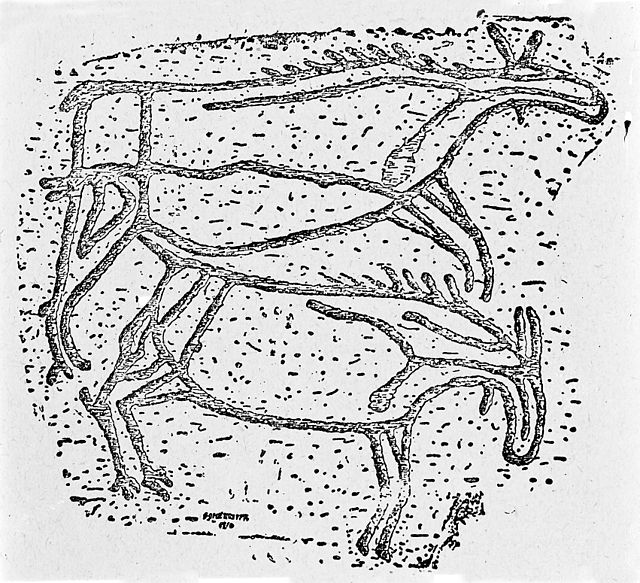
Just north of Penrith stands the great stone circle known as Long Meg and Her Daughters, erected during the Bronze Age, perhaps around 1500 BC as a meeting place or ritual site. The sight of the circle was celebrated by William Wordsworth: ‘Speak Giant-mother … Let the Moon hear … at whose behest uprose on British ground/That Sisterhood in hieroglyphic round’.
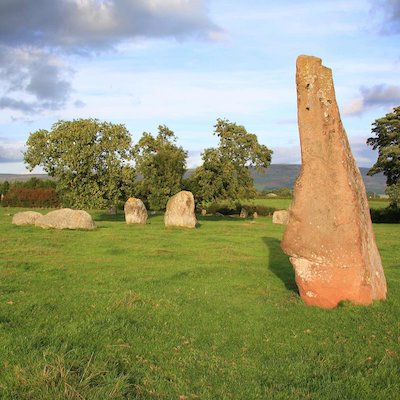
The picturesque village of Ribchester stands on the site of the Roman fort of Bremetennacum, established in the 70s AD together with a civilian settlement (or vicus). The Roman Museum holds many important finds from the period, and its 3D model reconstructs the original fort and vicus, based on the Roman ruins surviving in the town.
Image: Ribchester Helmet ©Trustees of the British Museum
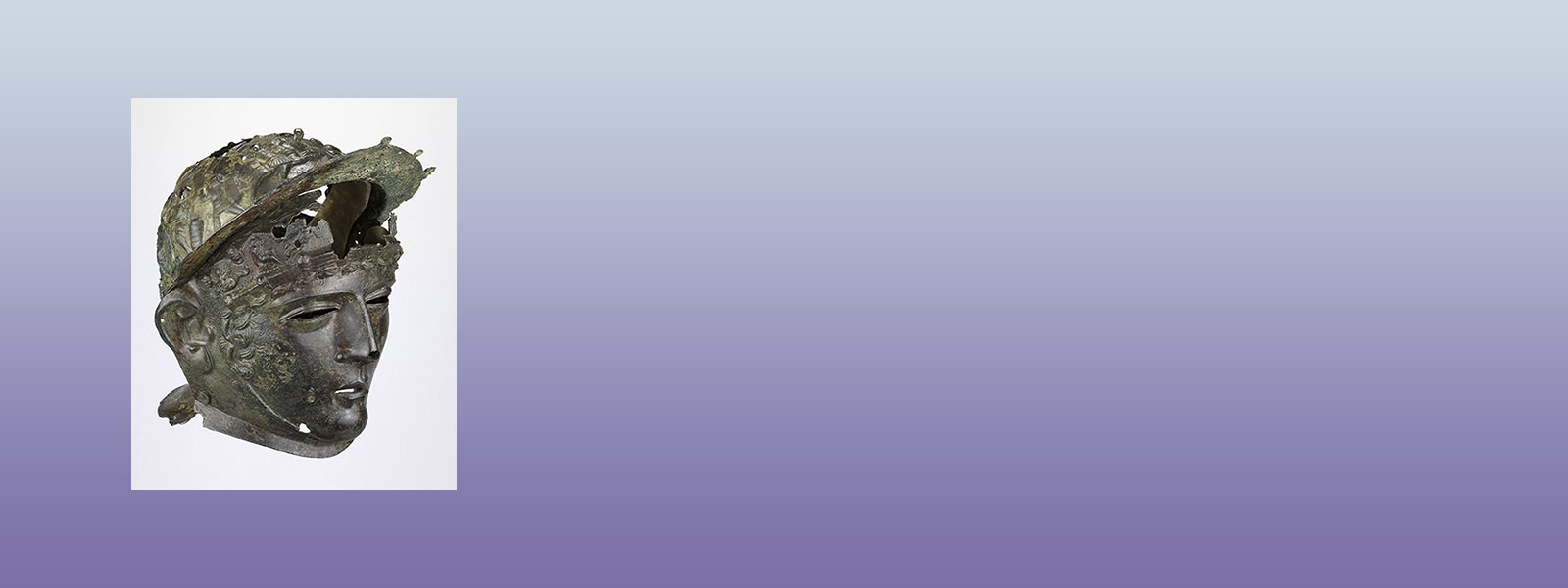
On Lancashire’s western coast lies the village of Heysham, a settlement of the Viking age. The ruined St Patrick’s Chapel dates to the 8th or 9th century, and beside it lies a group of six tombs, cut into the rock. Beside them the medieval church of St Peter’s houses the world-famous Viking grave marker known as the Hog Back Stone.
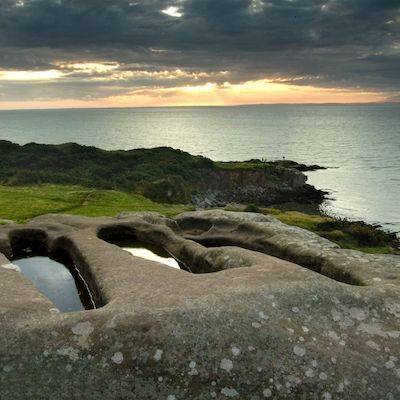
Founded by King Stephen in the twelfth century, the Furness Abbey stands in dramatic ruins in the western Lakes. This Cistercian house was enormously influential across the north of England, the Isle of Man and Ireland during the Middle Ages. Its museum houses the extraordinary treasures discovered during a recent archaeological dig, including the gilt crozier depicting St Michael battling the devil, buried with its abbot in the grounds.
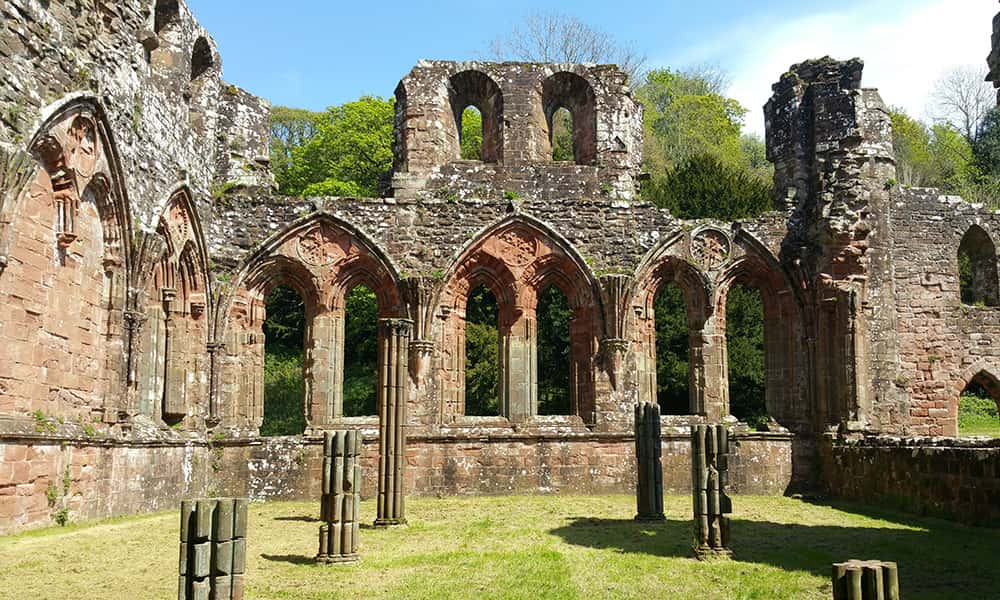
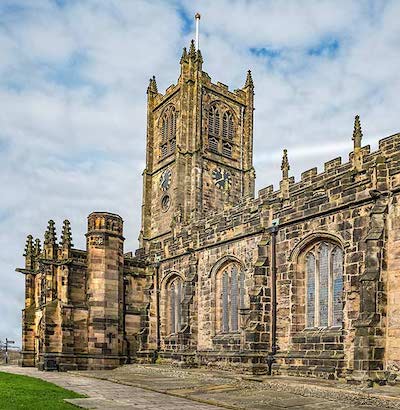
Beside Lancaster Castle stands Lancaster Priory. Founded at the end of the eleventh century, it was much developed in the fourteenth and fifteenth centuries and stands as a beautiful example of the late gothic style. The choirstalls, dating from the 1340s, are some of the oldest and most magnificent in England; the King’s Own Regiment Chapel, built in the early 1900s, is hung with the old colours of the local regiment.
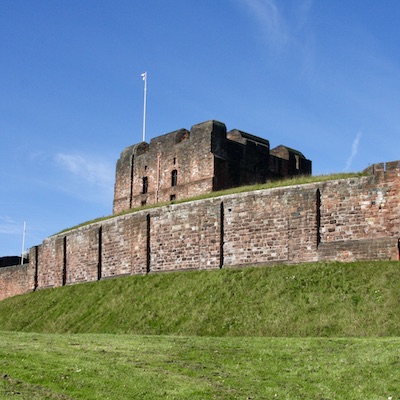
To the north of Lancaster lies the city of Carlisle. For centuries during the Middle Ages, it was a key strategic stronghold on the Anglo-Scottish border. Carlisle Castle, first built after William Rufus's capture of Carlisle in 1092, was fought over many times: in 1351 it was besieged by Robert Bruce, and in 1461 it was captured by an army of Scots and Lancastrians from the Yorkist side during the Wars of the Roses. The city’s stunning cathedral was begun in 1122 and much developed throughout the Middle Ages.
A walk across the fourteenth-century Devil’s Bridge, along the River Lune, will bring you to the beautiful market town of Kirkby Lonsdale. Its church dates to the Norman period, and has piers and arches that echo the style found at Durham Cathedral. Beside the churchyard is Ruskin’s View, a striking aspect across the River Lune painted by JMW Turner and described by the artist and thinker John Ruskin as ‘one of the loveliest views in England’.

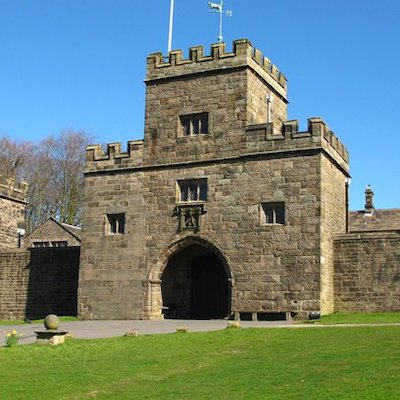
Hoghton Tower dates in its present form from the 1560s. It was built by Thomas Hoghton who, as a Catholic involved in resistance to Elizabeth I’s Protestant reforms, was soon compelled to go into exile on the Continent. His descendants hosted James VI and I at Hoghton in 1617, and fought as staunch royalists during the Civil War, when the house was besieged by Parliamentary forces.
In the eighteenth century, Lancaster was one of the most important ports in the country – a result of its role in the triangular slave trade, by which hundreds of ships sailed from Lancaster carrying manufactured goods to Africa. The city’s prosperity during this period is reflected in the architecture of St George’s Quay, including the Custom House – now home to Lancaster Maritime Museum.
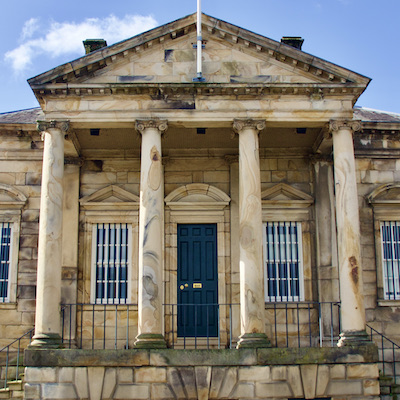
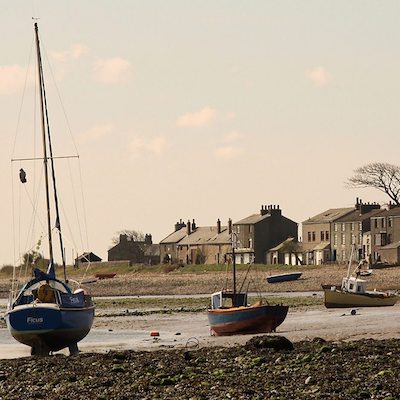
The village of Sunderland Point, dramatically situated on a peninsula across a tidal marsh, was developed as a port in the early eighteenth century by the Quaker Robert Lawson. It is home to the grave of a slave who died there in 1736, known locally as ‘Sambo’s grave’ and is a reminder of Lancaster’s involvement in the slave trade.
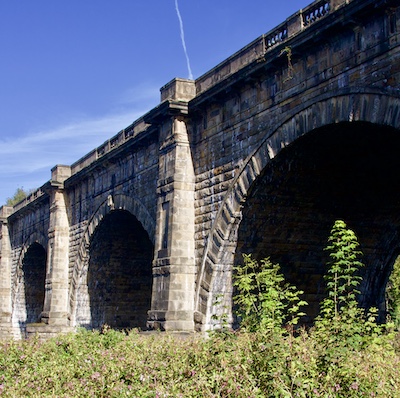
Over 200 metres long, the Lune Aqueduct carries Lancaster’s canal over the river Lune. It was completed in 1797, and depicted by JMW Turner in his ‘Lancaster, from the Aqueduct Bridge’ of 1825. The site is an important landmark of Lancaster’s Georgian history, reflecting the city’s economic fortunes during the period when its time as a maritime centre was on the wane.

Lancaster Cathedral was built as a parish church in the 1850s to serve the Catholic community of Lancaster, which flourished in the wake of changes to the law in 1791 that gave Catholics the right to practise their religion. A spectacular example of neo-Gothic architecture, it was elevated to cathedral status in 1924, with the creation of the Diocese of Lancaster.
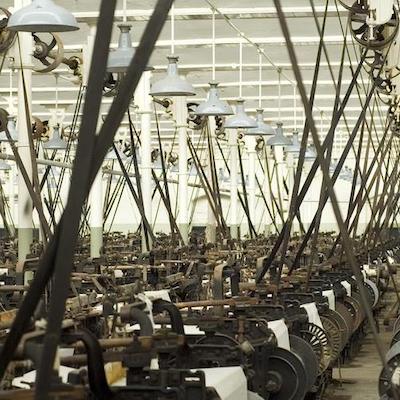
Lancashire was at the heart of the Industrial Revolution, its tradition of spinning and weaving and natural resources establishing it as a world centre for the production of cloth. Today, you can visit the Queen Street Mill Textile Museum, the steam-powered weaving mill built in the 1890s, as well as the Helmshore Mills Textile Museum.
John Ruskin (1819-1900) was a leading social thinker, environmentalist, artist, philanthropist, botanist and architectural historian, and lived at Coniston in the Lake District in the latter part of his life. The Whitehouse Collection, including books, manuscripts and artworks relating to Ruskin, can be visited at The Ruskin at Lancaster University, and you can also visit Brantwood, his home in Coniston.
GordonSutcliffe.jpeg)
The Rivington Terraced Gardens were built by the businessman and philanthropist William Hesketh Lever, Lord Leverhulme of Lever Brothers, between 1905 and 1925. Inspired by the gardens of Japan and Italy, they lie on forty-five acres of hillside below Rivington Pike.

The Midland Hotel, built in the 1930s, is a landmark of the Art Deco movement, designed by architect Oliver Hill and incorporating sculptures by Eric Gill. Standing on the coast at Morecombe, it provides spectacular views across the bay, and was visited by Coco Chanel, Noel Coward and Laurence Olivier. It has recently benefited from a complete restoration.
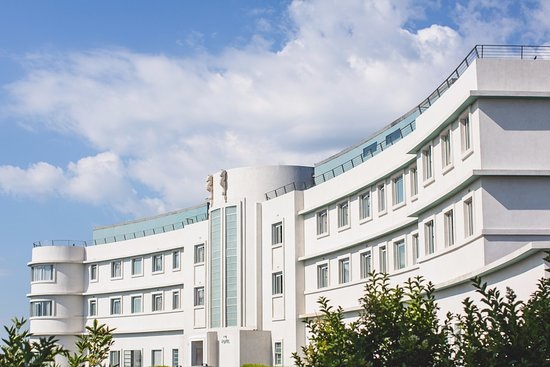
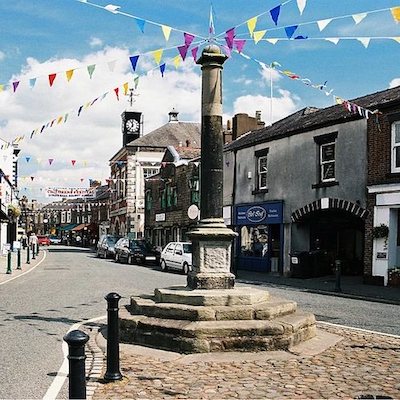
In 2001, the Fairtrade foundation awarded the town of Garstang, between Lancaster and Preston, the status of Fairtrade Town, making it the first town in the world to receive the designation – a result of years of campaigning by the local Oxfam group. The town remains at the forefront of the global Fair Trade movement.